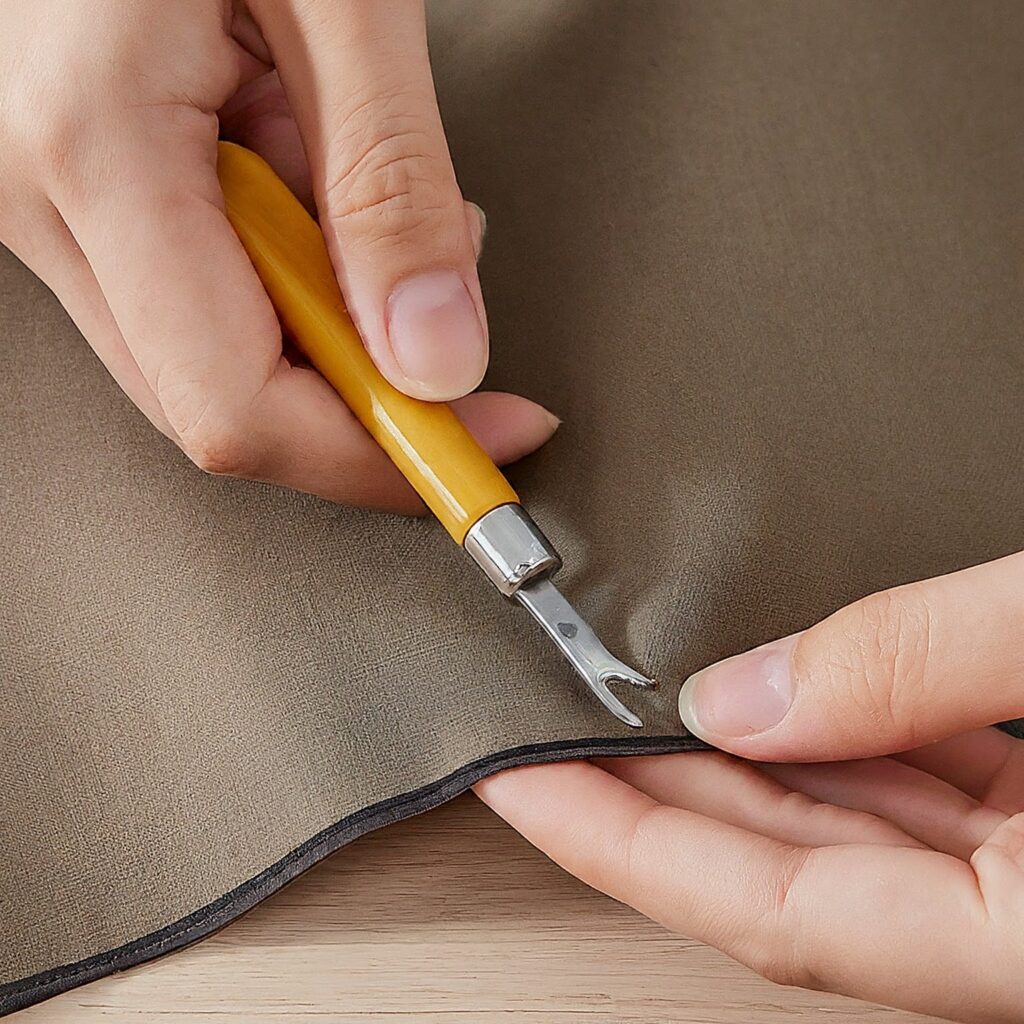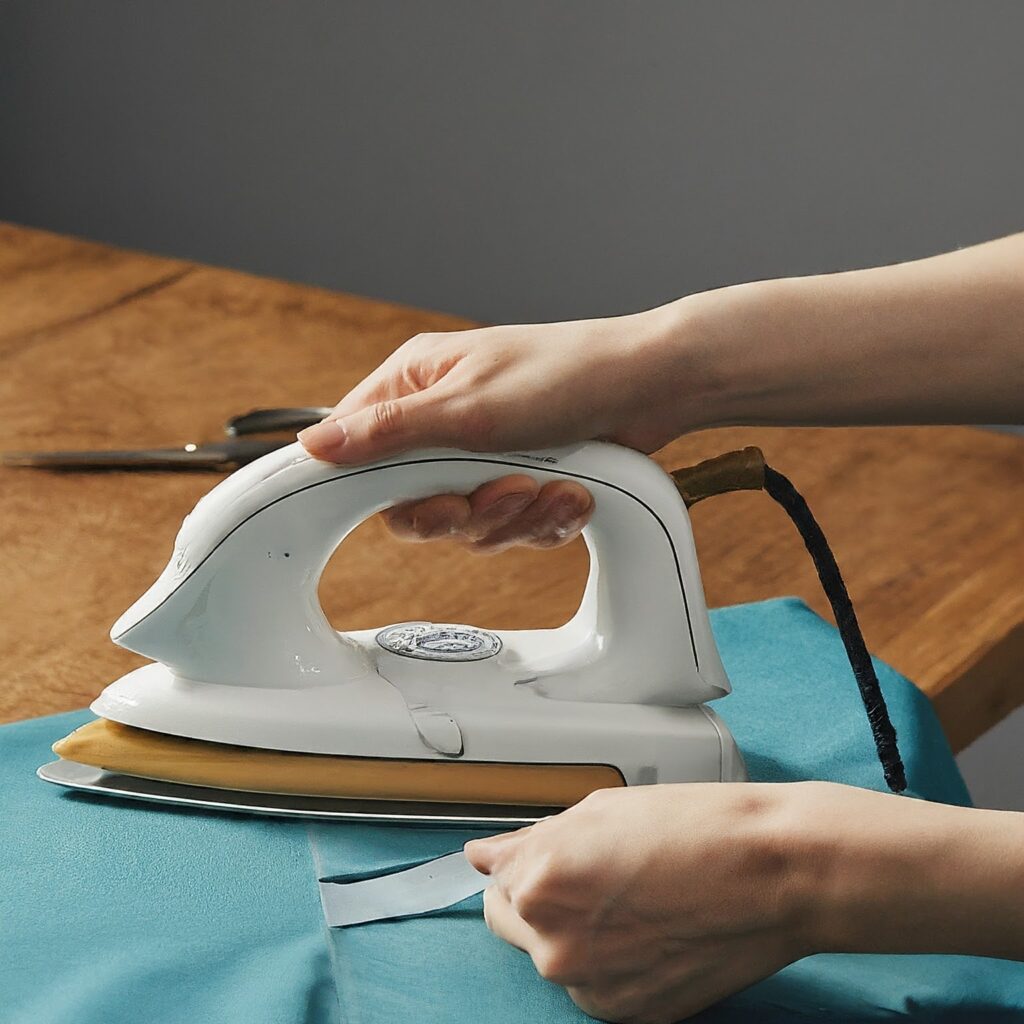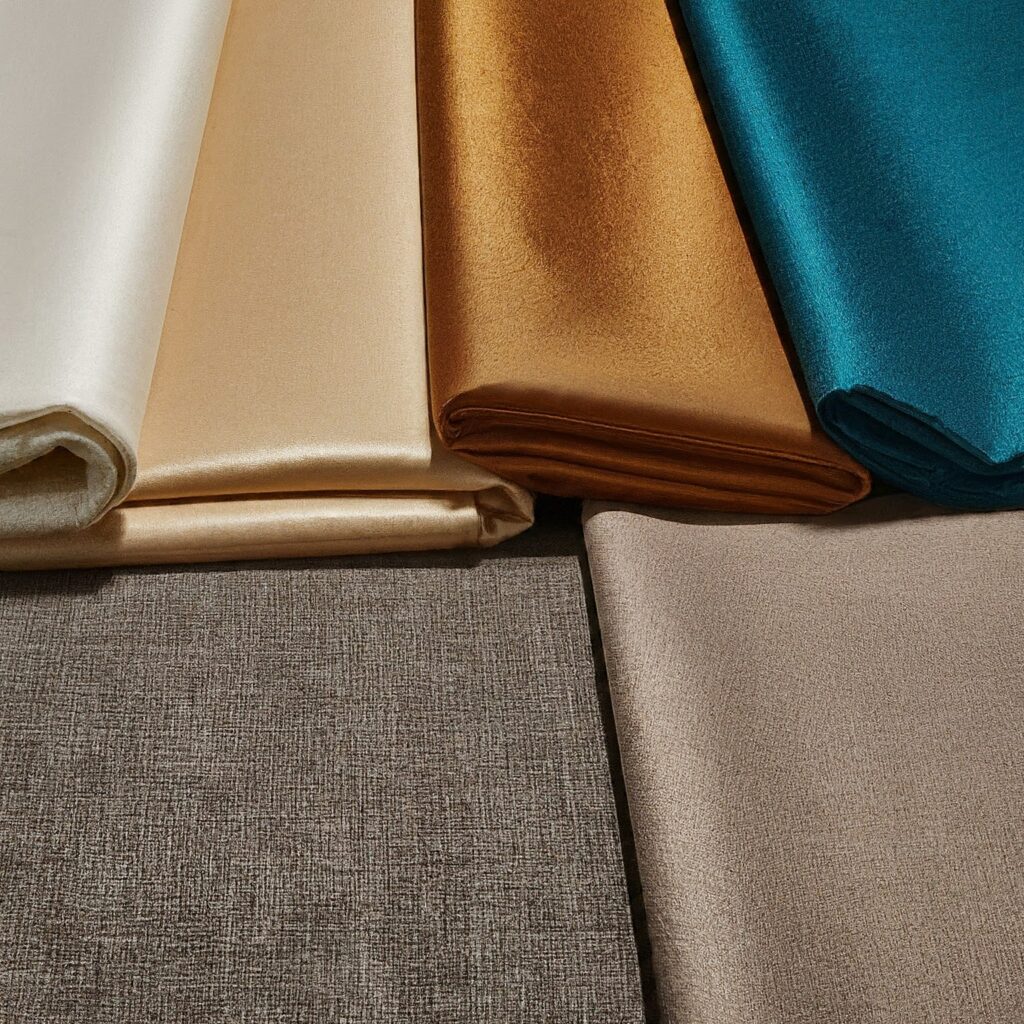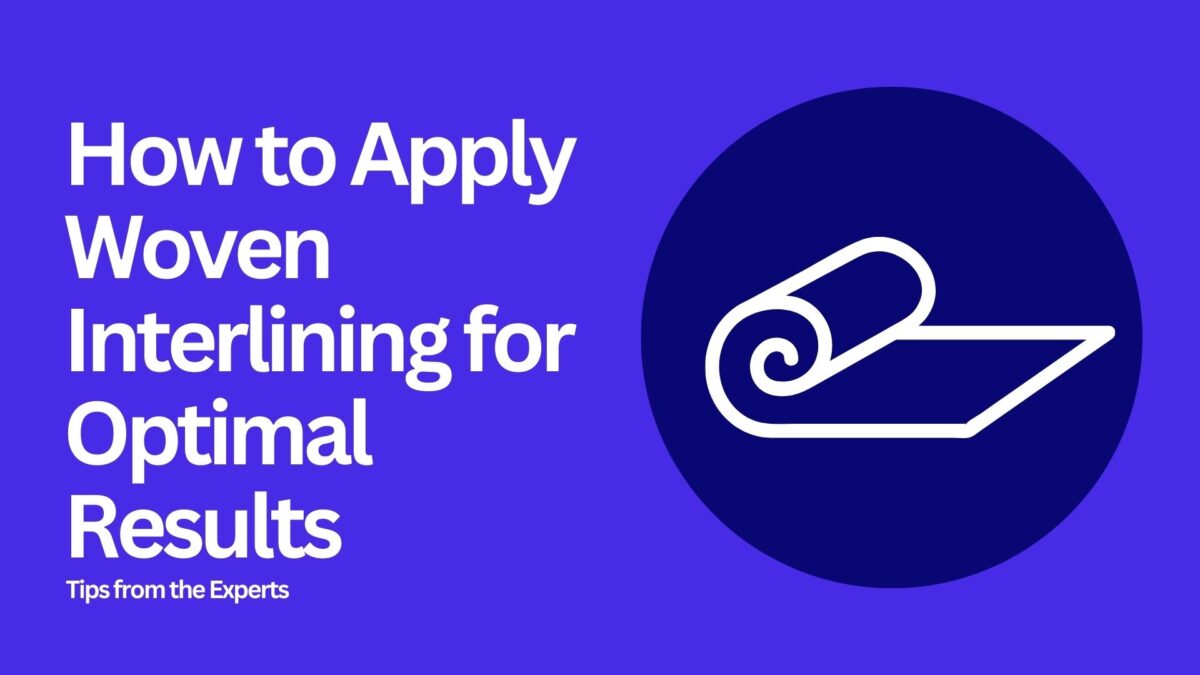How to Apply Woven Interlining for Optimal Results: Tips from the Experts
If you’re serious about interlining in garment construction, you know how crucial interlining fabric is for achieving that perfect structure, fit, and finish. Among the various interlining types available, woven interlining stands out for its ability to provide natural drape and flexibility while adding the necessary support to your garments. In this guide, you will go through how to apply woven interlining for optimal results, drawing on expert tips to ensure your garments look and feel professional.

Table of Contents
- Understanding Woven Interlining: The Basics
- Types of Interlinings
- Benefits of Using Multiple Interlinings
- Choosing the Right Interlining Combination
- Application Techniques
- Conclusion
Understanding Woven Interlining: The Basics
Before we dive into the application process, it’s important to understand what woven interlining fabric is and why it’s a preferred choice for many garments.
What Is Woven Interlining?
Woven interlining is a type of interlining fabric made from woven material, often cotton, polyester, or a blend. Unlike non-woven interlining, which is made by bonding fibers together, woven interlining has a grain, just like the fabric it’s being applied to. This gives it a more natural drape and flexibility, making it ideal for interlining garments that require a softer finish.
Why Choose Woven Interlining?
- Natural Feel: Woven interlining moves with the fabric, offering a more organic look and feel.
- Versatility: Suitable for a wide range of interlining garments, from blouses to jackets.
- Durability: When applied correctly, woven interlining can significantly extend the life of your garments.
Whether you’re working on a tailored jacket or a delicate blouse, woven interlining fabric can be the key to elevating your garment construction.

Types of Interlinings
There are several types of interlinings available, each with its own unique properties:
- Woven interlining: This type of interlining is made from woven fabric, typically cotton, wool, or a blend of the two. It is known for its strength, durability, and ability to maintain its shape. Woven interlining is often used in jackets, coats, and blazers to provide structure and support. It can also be used in other garments, such as dresses and skirts, to create a more defined silhouette.
- Non-woven interlining: This type of interlining fabric is made from fibers that are bonded together without weaving or knitting. It is typically softer and more flexible than woven interlining, making it ideal for garments that require a more delicate drape, such as blouses, dresses, and skirts. Non-woven interlining can also be used in combination with woven interlining to create a more complex structure.
- Fusible interlining: This type of interlining has an adhesive coating that bonds to the fabric with heat. It is available in both woven and non-woven varieties. Fusible interlining is easy to apply and can save time, but it is important to follow the manufacturer’s instructions carefully to avoid damaging the fabric.
- Horsehair interlining: This type of interlining is made from horsehair fibers that have been processed and bonded together. It is known for its ability to add volume and shape to garments, and it is often used in formalwear, such as wedding dresses and evening gowns.

Benefits of Using Multiple Interlinings
Using multiple interlinings fabrics can offer several advantages, including:
- Enhanced structure and support: Combining different types of interlinings can create a more robust and supportive foundation for your garment.
- Improved drape and shape: By strategically layering interlinings, you can achieve the desired drape and shape for your garment.
- Enhanced durability: Using multiple interlinings can increase the durability of your garment, especially in high-stress areas.
- Customization: You can tailor the interlining combination to specific garment requirements and design elements.
Choosing the Right Interlining Combination
Selecting the right combination of interlinings fabrics depends on several factors, including:
- Garment type and style: Consider the intended use and desired look of the garment.
- Fabric weight and drape: The weight and drape of the outer fabric will influence the choice of interlining.
- Desired level of support and structure: Determine the amount of support and structure needed for the garment.
- Design details: Consider any design elements that require specific interlining support, such as collars, cuffs, and pockets.

Application Techniques
Proper application of interlining is crucial for achieving optimal results. Here are some general guidelines:
- Cutting and preparation: Cut the interlining slightly smaller than the fabric pieces to prevent bulkiness.
- Basting or fusing: Choose the appropriate method based on the type of interlining fabrics and interlining garment construction.
- Seams and darts: Reinforce seams and darts with additional interlining for durability.
- Finishing touches: Trim excess interlining and finish edges to prevent fraying.
Conclusion
Applying woven interlining fabric might seem like an extra step, but the difference it makes in the quality and durability of your interlining garments is well worth the effort. By following these expert tips and avoiding common mistakes, you’ll be able to achieve professional results that elevate your sewing projects. Whether you’re working on a simple blouse or a tailored jacket, woven interlining fabric can be the key to creating interlining garments that not only look fantastic but also stand the test of time.
Link of related Articles
- Woven Interlining for Men’s Shirts & Suits | Enhance Garment Structure
- Which is Better: Woven Interlining or Non-Woven Interlining
- Advantages and Disadvantages of Woven Interlinin

